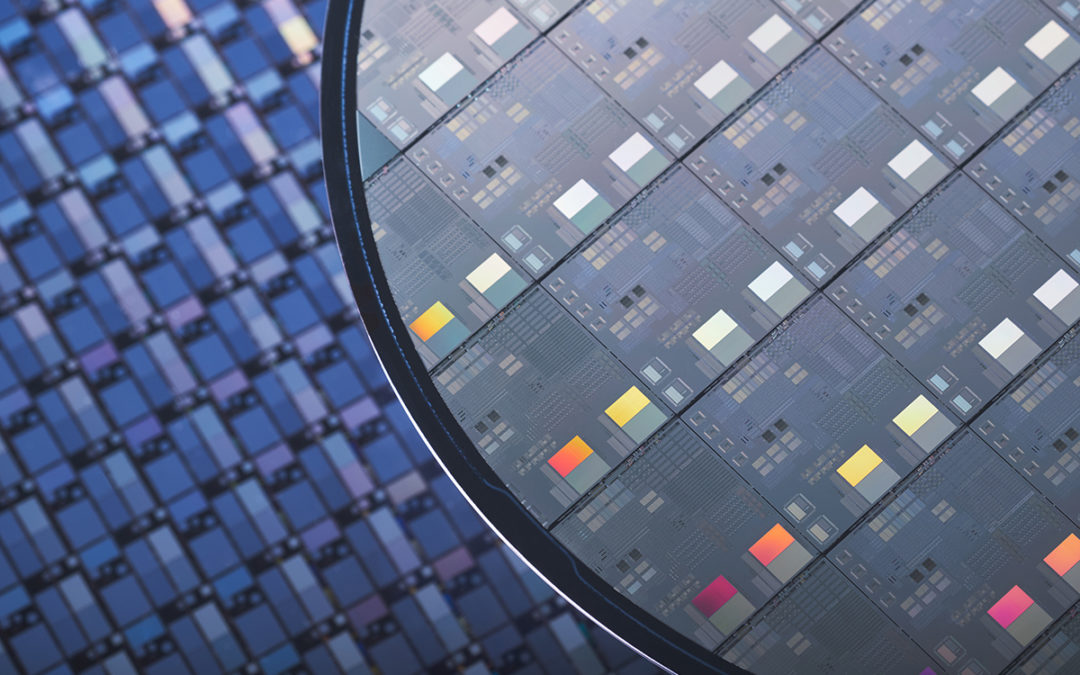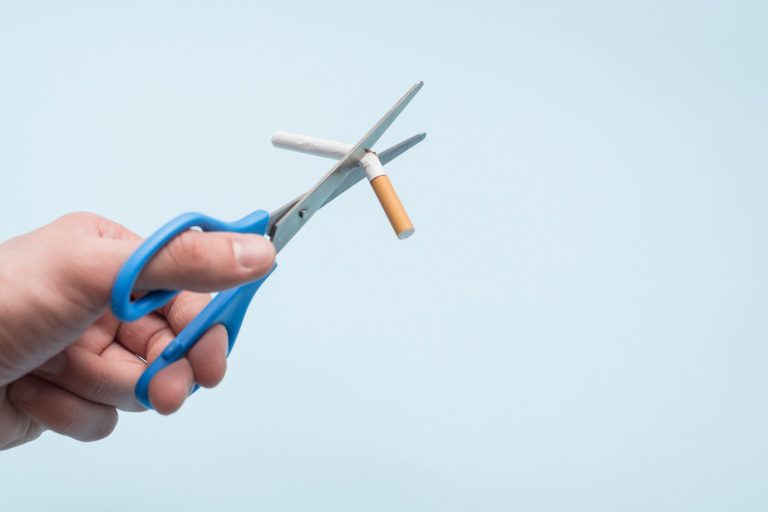
In laser wafer polishing, the surface on which the laser polishing operation is to be performed is covered with a wafer of silica. The wafers are typically heated using a laser or a conventional electric beam. Once the wafers have been heated until they are placed into a quartz plate, whereupon they undergo the polishing operation using a variety of techniques. This includes using a diamond blade to polish the surface, grinding it, rolling it over a mandrel mount, pressing the flat side of a wafer onto a substrate and finally, spraying the flat side of the cavity with a silicon-based chemical that causes the surface to be deformed by absorption of the silicon compound, thus creating a desirable top layer.
Despite the wide range of methods for laser wafer dicing, one of the most common techniques involves using a mandrel. This process has several advantages. First, it is a very simple procedure that does not necessitate the preparation of a cutting tool. Second, it can be performed at a low cost as the only equipment needed is a mandrel to hold the wafers. Third, it creates a very smooth surface and does not require any grinding, peeling or sanding of the top layer of quartz.
Another common way of performing laser wafer dicing involves using the vibratory deposition process. This process is the most commonly used method worldwide because it produces a very smooth and even top layer and produces minimal surface irregularities. However, despite its many advantages, the vibration deposition process is very slow. It takes about four hours for the top layer to be fully completed, and this will depend on the thickness of the silicon wafer.
The final option is a cold plate. A cold plate uses heat from the laser cutting device to apply pressure onto the top layer of silicon. This technique is very time-consuming and produces very little uniformity in the thickness of the product. It also requires the purchase of special equipment in order to perform this process. Cold plate laser wafer dicing technology also generates a significant amount of heat; this means that it is also quite expensive.
The alternative used by many manufacturing companies in the UK and around the world is a laser wafer dicing machine. These machines are available for a wide range of different jobs. They are ideal for making products with flat, smooth surfaces such as car windscreens and car door dings. These machines are also useful for making dices or tiles in high volumes, but they cannot produce a smooth, flat surface like the cold plate.
When the laser cuts the material into sheets, each sheet spreads to fill the area created by the laser wafer dicing process. The sheets are then melted together using an intense beam of laser energy. An acrylic tank is used to hold the hot liquid resin, which hardens once it gets hot enough. Once the resin has cooled, the cut areas can be removed using a laser cutter. Alternatively, the entire wafer can be wiped clean using alcohol and a wipe brush before being sold.
Another benefit of using a laser dicing machine is that it can create a single-use product like a protective film for the top of a wooden worktop. This film can then be washed away without damage to the wood. The laser-created protective film can also be laminated onto another wooden surface to create a new surface that can be used repeatedly. A similar technique can be applied to fabric parts, which can then be protected from moisture damage and dust by the film that has been applied directly to the fabric.
A final benefit of using a laser wafer dicing machine is that it can reduce costs due to wastage of materials. By using one piece of equipment to create the required number of wafers, the amount of silicon used is significantly reduced. The amount of time that is saved is significant when compared to manufacturing single pieces of silicon wafers by hand. This time savings will then be passed on to the customers who will be able to enjoy a cheaper price on their purchases.


